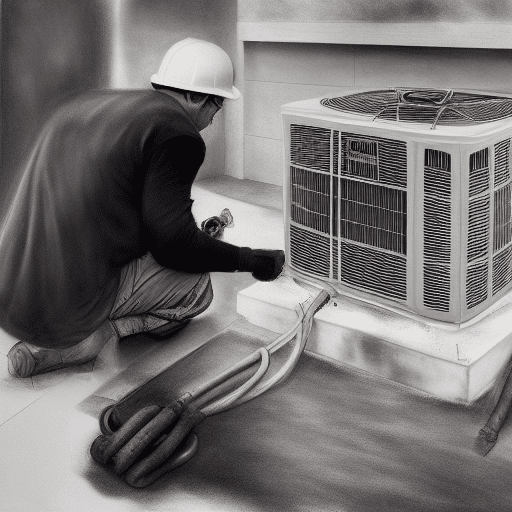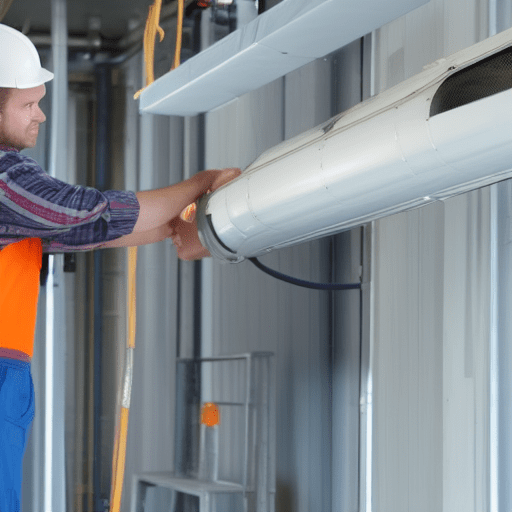For Energy Efficiency and Retrofits:
Meet the New & Improved 179D Tax Deduction
Section 179D of the Internal Revenue Code provides a tax deduction for commercial building owners who install energy-efficient building property. The Inflation Reduction Act of 2022, which took effect January 1, 2023, significantly increases the amount and scope of this deduction, making it more attractive and accessible for building owners and designers.
The Inflation Reduction Act aims to reduce greenhouse gas emissions by investing $369 billion in green building projects over the next decade. One of the key provisions of this act is the enhancement of Section 179D, which was previously set to expire at the end of 2022. Under the prior version of Section 179D, commercial building owners can deduct up to $1.80 per square foot of their building if they achieve a 50% reduction in energy use compared to a reference building that meets ASHRAE Standard 90.1-2007.

The Inflation Reduction Act increases these deduction amounts substantially for buildings placed in service after 2022. The base deduction is now $1 per square foot for buildings that achieve a 25% reduction in energy use compared to a reference building that meets ASHRAE Standard 90.1-2019. The deduction amount increases by $0.25 per square foot for every additional percentage point of energy reduction above 25%, up to a maximum of $5 per square foot.
In addition, the act introduces a new simplified alternative deduction for energy-efficient building retrofit property, which applies to existing buildings that undergo substantial improvements to reduce their energy use by at least 25%.

For non-profits, the deduction can be allocated among taxpayers who have primary design responsibility for the energy-efficient property (such as architects, engineers, contractors, etc.). This means that building owners can assign their deductions to eligible designers who may benefit more from them, and exchange for a lower project cost.
These changes make Section 179D more generous and flexible for commercial building owners who want to implement energy efficiency projects in their properties. By taking advantage of this tax incentive, they can lower their operating costs, increase their property value, and contribute to environmental sustainability.
To learn more about how to maximize the value of tax incentives for your energy efficiency project, contact PowerGreen Capital today.

